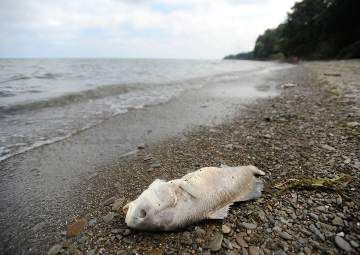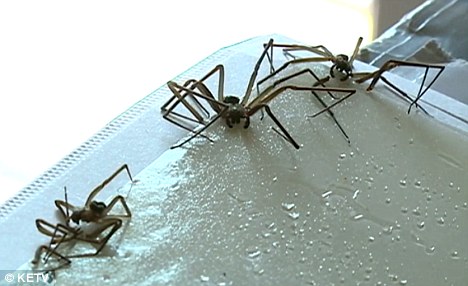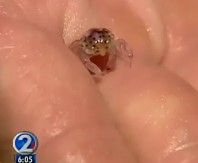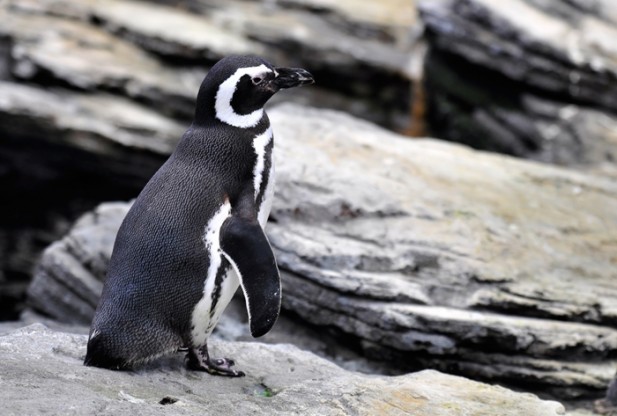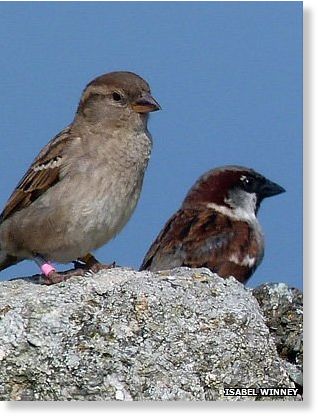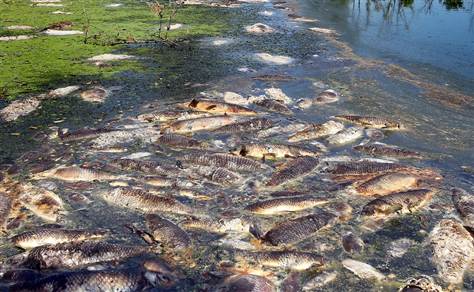
Authorities are tallying up the losses which could run into the millions of dollar as the worst drought in 56 years expands, devastating the corn and soybean crops and forcing ranchers to cull their herds due to scorched pasture.
"Nationwide we are talking tens of millions to hundreds of millions (of dollars in losses). It just depends upon how long it lasts and how widespread it becomes," said fisheries biologist Dan Stephenson of the Illinois Department of Natural Resources.
"If this drought persists into fall, when the duck and other waterfowl pass through on their way south, there could be a larger problem," Stephenson told Reuters.
In Iowa, losses were estimated at $10.1 million after 37,000 fish were found dead along a 42-mile stretch of the Des Moines River from the dam in Eldon to the Farmington Bridge in the northeast of the state.
